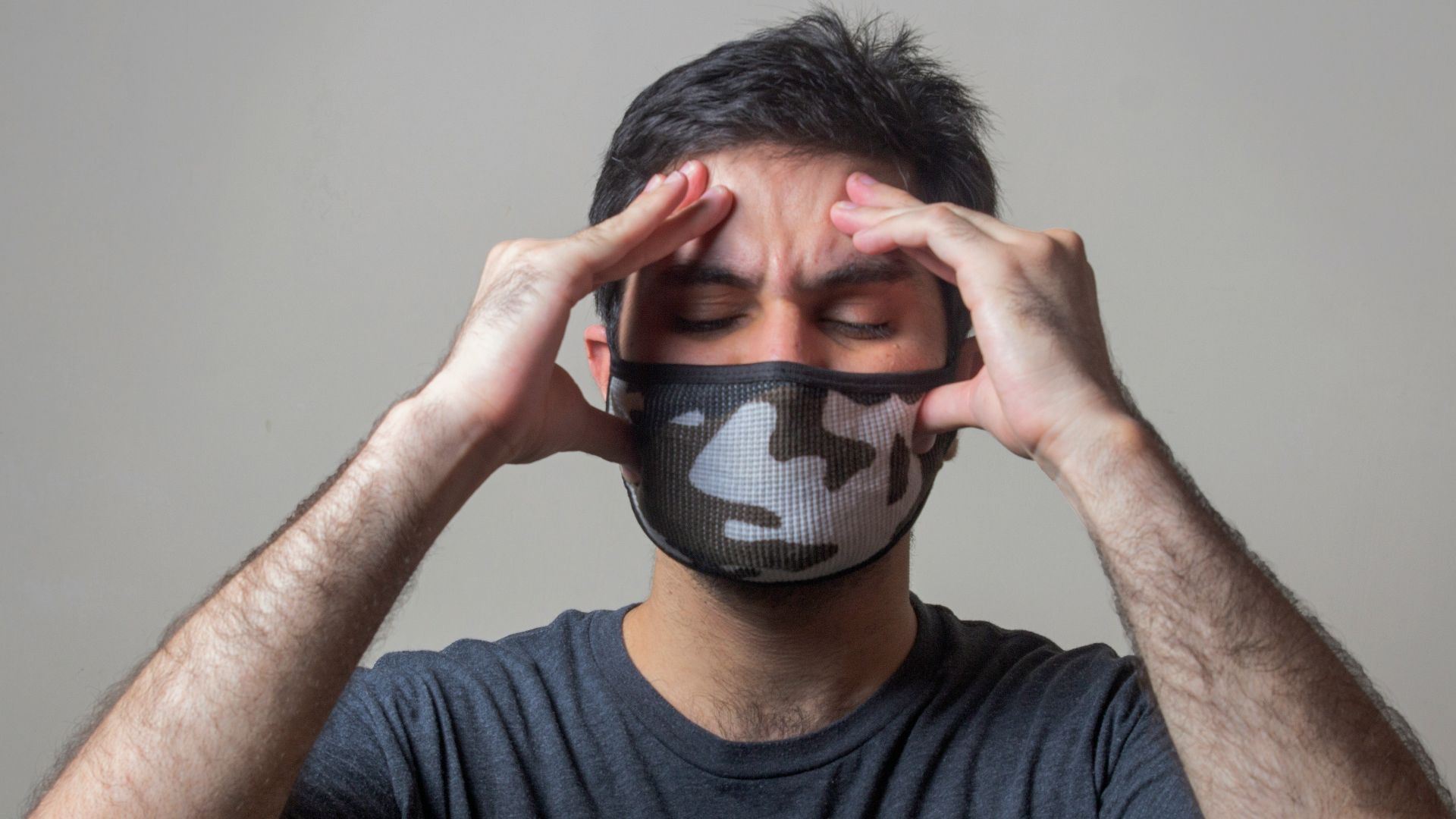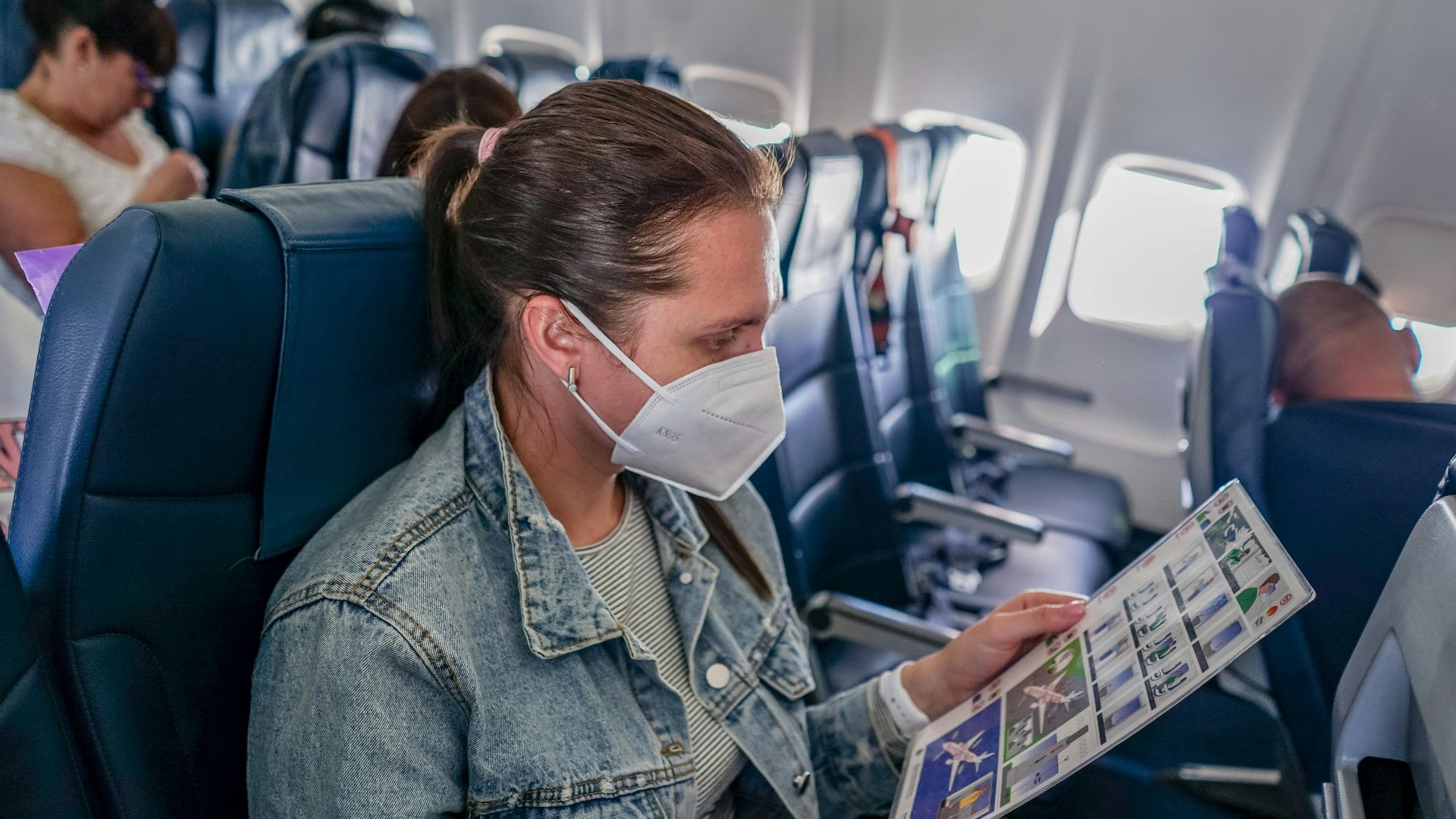The moment a plane touches down, travelers exhale with relief. The adventure begins, and the promise of new experiences fills the air. Yet, for many, that excitement is quickly replaced by the familiar irritation of a sore throat, a stuffy nose, and a stubborn cough. It seems almost inevitable, as if airplanes have a built-in illness waiting to greet passengers as soon as they step on board.
But what if that post-flight cold is not a matter of bad luck at all? What if it could be prevented with a little understanding and preparation?
The Hidden Challenges Of Air Travel
Airplanes create an environment that challenges the human body in quiet, persistent ways. Inside the cabin, the air is recirculated and filtered, yet it remains extremely dry. Humidity levels drop to less than twenty percent, similar to what you would find in a desert. When the air around you is that dry, the lining of your nose and throat loses the moisture it needs to trap and expel viruses. Without that barrier, germs have an easier path to enter your system.
Besides, every surface on a plane tells its own story. Tray tables, armrests, and seatbelt buckles are touched by hundreds of hands every day. It takes only one sneeze or a careless cough for viruses to spread to those surfaces, waiting patiently for their next passenger.
Healthy Habits In The Air And Beyond
Once on board, the focus shifts from preparation to maintenance. The air vent above your seat can be your ally if used correctly. Angle it so the airflow moves in front of you rather than directly onto your face. This subtle adjustment helps create a small stream of moving air that deflects airborne particles away from your space.
Keeping your nasal passages moist is another necessary step. A saline spray used once every few hours helps maintain hydration inside your nose. Even a thin layer of petroleum jelly at the edges of your nostrils can prevent them from drying and cracking.
Masks remain a thoughtful choice, especially on crowded or international flights. A well-fitted mask reduces exposure to droplets and allergens, creating another layer of reassurance. It is less about fear and more about consideration—for yourself and those sharing the same cabin air.
Once you land, the journey toward recovery begins. Drink water again, and if you can, choose fluids filled with electrolytes such as coconut water or fruit juice. And before heading out to explore, take time to shower and change into clean clothes.
Traveling Without The Usual Consequences
Travel should be a celebration of movement and discovery, not a test of endurance. So, the next time someone says everyone catches a cold after flying, you will know it does not have to be true. With a little foresight, awareness, and kindness toward your own body, you can make air travel what it was meant to be: the start of something wonderful, not the start of a cold.









